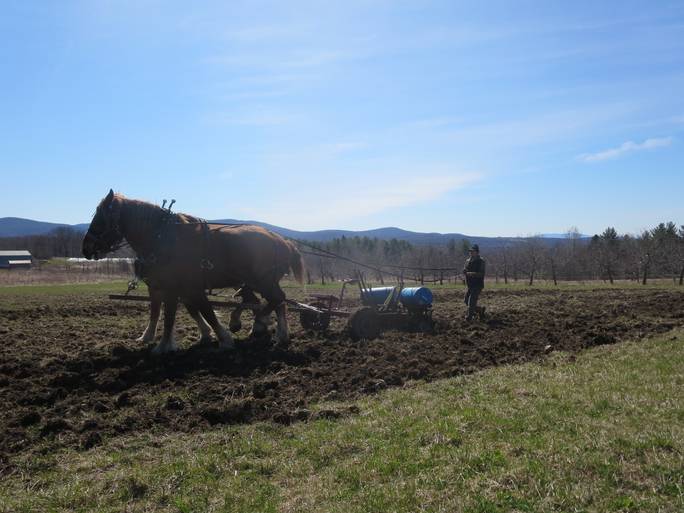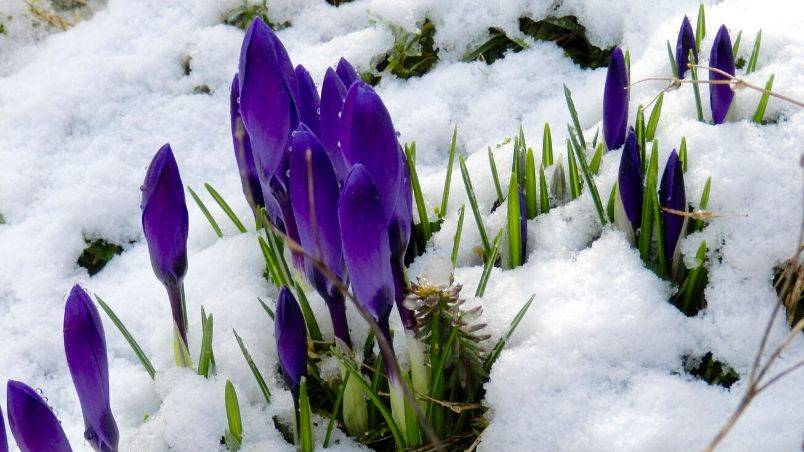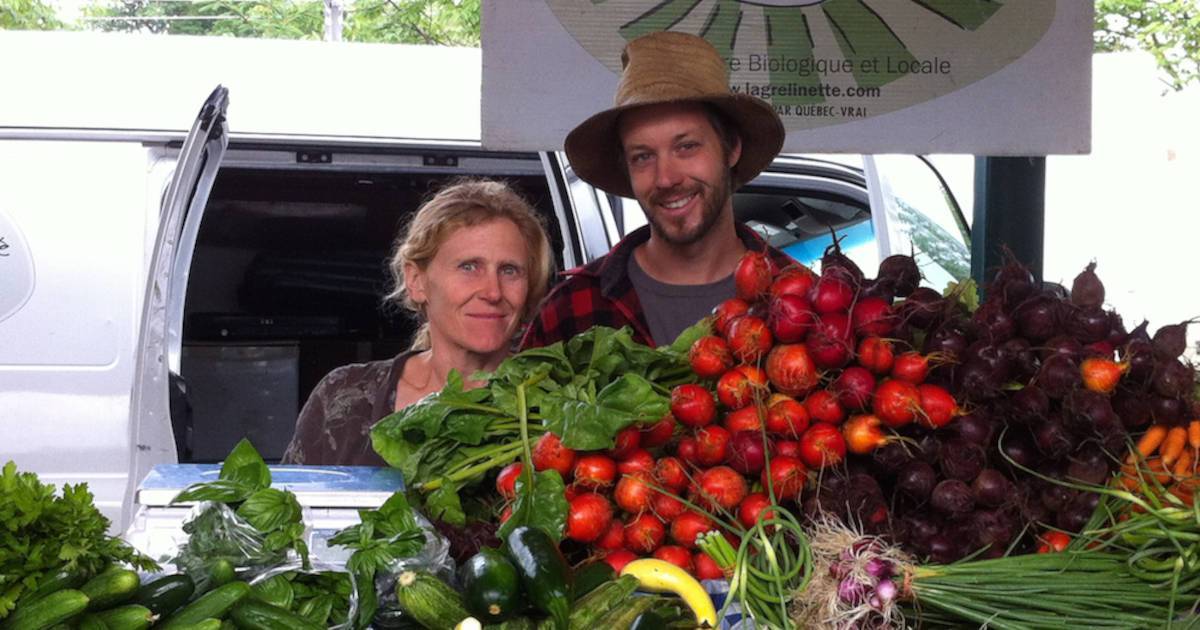Picture brightly coloured decor, smiling faces, a welcoming ambience under sunny skies, and spectators in a decidedly relaxed mood. That is what greeted visitors to the 2015 edition of the International Plowing Match (IMB) in Finch, Ontario, a festival celebrating the art of plowing in particular and rural life in general.
 To those whose rural roots don’t date back several generations, it may seem amazingly odd to hear the age-old practice of plowing being referred to as an art. Yet those familiar with the task are well aware of the importance of the proper turning of the soil, and there are diehard plowing fans committed to keeping the tradition of plowing matches alive.
To those whose rural roots don’t date back several generations, it may seem amazingly odd to hear the age-old practice of plowing being referred to as an art. Yet those familiar with the task are well aware of the importance of the proper turning of the soil, and there are diehard plowing fans committed to keeping the tradition of plowing matches alive.
Folks in Ontario are particularly dedicated to this effort. The province has hosted the IPM and Rural Expo on a yearly basis since 1913, with the event moving from rural township to rural township. The 2016 edition will be held near Minto, Ontario, from September 20 to 24; the 2017 event will move to Walton, Ontario.
According to Ontario Agriculture, the event covers 1,000 acres of farm fields that have been turned into a tented city, as well as competitive plowing fields, an RV Park and more. It features more than 150 plowing competitors in seven classes (at the 2015 edition, the two eldest competitors were 88- and 86-year-old brothers), plus over 600 exhibitors displaying everything from belt buckles, maple syrup equipment, gigantic farm machines and steel fencing to forestry gear, Canadian-made casual wear and antiques.
There’s lots of live entertainment to be had, like square-dancing Farmall tractors and an auctioneers’ challenge, as well as educational exhibits for youth. Attendance averages more than 75,000 a year. The event even carries its own line of merchandise, including a cookbook, A Fresh Taste of Farming.
Why is plowing so significant? Encyclopedia Britannica says that the plow is the most important farm implement ever invented because of its vital role in the preparation for planting—turning over the sod, breaking up the soil, burying what’s left of the previous year’s crop and helping control weeds.
An article by H. A. Franklin, called the “Importance of Good Plowing,” in the February 1917 edition of Farm Home described why the task is critical: “Every farmer is vitally interested in good plowing. The success of crop growing depends upon the way the seedbed is prepared…. The final preparation of the seedbed can never be thoroughly well done unless the ground is properly plowed to begin with. It is not sufficient to root the ground over or to crowd it to one side but the plow must really turn the furrow slice in a uniform, systematic manner and lay it bottom side uppermost to receive the beneficial action of the air, rain and sunshine.”
In 1955, the Canadian Plowing Organization was created “to preserve the art and skill of competitive plowing in Canada, to permit Canadians to compete at the world level, and to promote the most important of all agricultural tasks, good soil stewardship.”

So what does the art of plowing involve? To compete in the IPM, you must follow the 16 pages of rules and regulations. There are standards for the plows, the size of the plots and the method to be followed. There is also a long list of things not to do—such as practising one’s plowing skills without authorization, shaping furrows manually and treading on furrows—which would lead to a penalty. There are many criteria used to determine the winners, including the straightness, evenness, firmness and uniformity of the depth and width of the furrows.
Judging by the 2015 match held in Finch, host communities go all out to extend a whole-hearted welcome to visitors. Decorations and signs greet travellers for kilometres before arrival at the venue. Friendly, cheerful folk provide helpful information and services from arrival to departure, including offers of horse-drawn wagon and utility vehicle rides around the site as well as to and from the plowing plots. There is a sense of casualness, leisure and good times everywhere. Could that be because farmers rarely get a holiday?
It’s hard to believe that so many acres of farmland can be transformed to such a degree. Imagine the planning and work required to install the water, electricity, shrubs, tents, bleachers and decorations in the middle of nowhere—far from existing facilities—plus having to create streets complete with signposts to make it easier to find locations that are marked on the site map, not to mention measuring out the plowing plots!
The decor at the Finch event had a distinctive rural theme and included water fountains made from milk cans, as well as a water wheel, driftwood, rail fences and spectacular colours throughout, with pumpkins, pots of brightly hued chrysanthemums, sunflowers and friendly looking life-size handcrafted characters.
No mention yet of the plowing, have you noticed? Apparently, this reflects the popularity of the rural exhibition aspect of the event. Shockingly, quite a number of regular attendees, including current and retired farmers, have never ever seen any plowing at the IPM.
But plowing there is. Men, women and young people drive tractors or walk behind horses or mules (gigantic ones, a mix of Belgian horse and mammoth donkey) pulling a variety of plowing equipment. The keenness of the competitors is obvious, as is their dedication to the art. An incident in 2015 involving Mount Forest, Ontario’s Kathleen MacRobbie, who had some 30 years of plowing experience behind her and a long drive to the IPM ahead of her, provides ample evidence. A road accident (brake failure resulting in a totalled pickup but no injuries to her or her horses) near the start of her 550 km (342 mile) route to the Finch IPM did not deter her from competing in the four-day match with her brother’s team of Belgians behind a walking plow—she borrowed a neighbour’s vehicle to get there. Now, that’s determination!
The IPM is a celebration of the art of plowing and the paraphernalia of rural life that is very much recommended, whether or not you’ve ever plowed a patch of
farmland. The 2017 IPM in Walton, in Huron County, will be the 100th edition of this time-honoured tradition.











